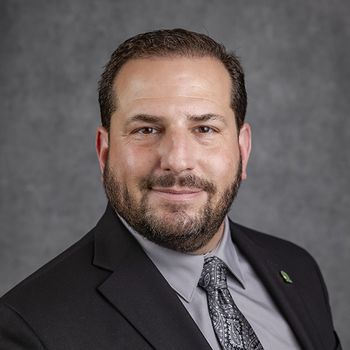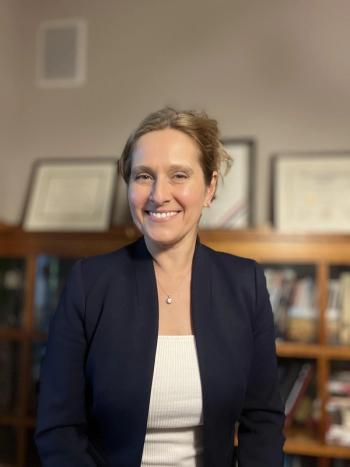
Physician pay hits decade highs as productivity holds steady
Key Takeaways
- Physician TCC has increased significantly, with adult medical specialties seeing a 7.5% rise, driven by supply-demand imbalances and workforce expectations.
- Despite rising compensation, wRVU productivity remains stable, with adult medical specialties showing the largest gains at 3.0%.
Compensation climbed to record levels in 2025, fueled by supply-demand imbalances and new expectations among younger physicians.
Physician total cash
The topline
This year’s survey includes data from more than 500 health care organizations representing about 231,300 physicians across 232 specialties — a 7.5% increase in reported physician records compared with 2024.
“In the last five years, we’ve seen a demonstrable change in the impact of generational preferences,” said Mark Ryberg, principal and physician workforce practice leader at SullivanCotter.
“Often, younger physicians don't want to be at risk relative to the production or the amount of volume they can generate. They're prioritizing security in the form of base salaries,” he continued. “With physician shortages, generational workforce expectations and regulatory pressures converging, health care organizations will need to adopt creative workforce strategies while closely monitoring compensation design to stay competitive.”
Productivity steadies as compensation plans evolve
Despite rising pay, work relative value unit (wRVU) productivity has stayed largely steady, with average year-over-year changes of around 1.5%. Adult medical specialties saw the biggest gains at 3.0%, followed by pediatric surgical at 2.4% and adult surgical at 2.0%.
“Following the large swings in the 2021 and 2022 surveys due to the pandemic and the subsequent recovery period, wRVU productivity and the ratio of TCC per wRVU have remained more consistent in the past two years,” said Dave Hesselink, MBA, M.H.A., managing principal at SullivanCotter.
Across primary care, medical and surgical specialties, base salary and wRVUs remain the most common plan components. Nearly three-quarters of organizations tie incentive pay to individual productivity and patient experience, while outcomes-based measures have increased by 4.6% since 2024.
Recruitment levers: Guarantees, access and early-career needs
Sign-on bonuses and loan repayment support are becoming even more common. Sign-on bonuses are offered by 90% of participating organizations, and student loan repayment by 52%. For many physicians — especially early-career recruits — financial security and work-life balance now outweigh the uncertainty of incentive-heavy models.
SullivanCotter also reports that patient access is a growing concern for health systems. Many compensation plans are now pairing guaranteed income with incentives linked to access and capacity, such as taking on new patients or practicing at top of license across roles.
“As competition for talent heats up, we’ll likely see more plans guaranteeing base salary with a corresponding incentive component based on providing increased access to patients,” said Ryberg.
What it means for practice economics
As health systems and independent practices compete for a limited pool of physicians, these findings carry significant financial and operational weight. Compensation strategy is no longer just a recruitment tool — it's a balancing act between stability, performance, and patient access.
- Fixed-cost pressure: Larger base salaries raise fixed costs, requiring tighter expense control or productivity offsets.
- Design trade-offs: Finding the right balance between guaranteed and performance-based pay will be key to maintaining both recruitment and margins.
- Access incentives: Tying part of variable pay to access and throughput could help meet demand without over-relying on sheer volume.
Practices might want to take a fresh look at their compensation approach, scheduling capacity and panel management — especially in markets where physicians increasingly expect guaranteed pay.
Newsletter
Stay informed and empowered with Medical Economics enewsletter, delivering expert insights, financial strategies, practice management tips and technology trends — tailored for today’s physicians.















